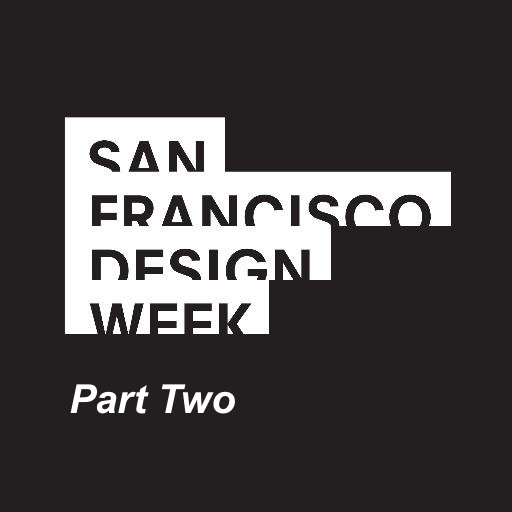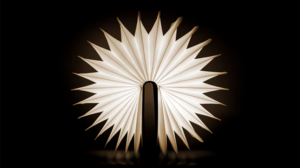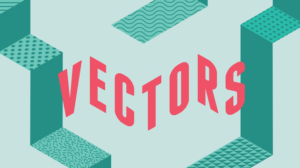
Design Week 2017 was awesome! With almost 200 events, no one could see them all, so here are some highlights and takeaways from the sessions that were great, but didn’t make it into my last blog post.
MOMENTS THAT MATTER: HEALTHCARE DESIGN & INNOVATION
“Design can impact the healthcare experience.”
I was expecting a discussion about design for healthcare to be stuffy and formal. Surprisingly, this session was anything but. Holding the event on a Friday evening was the first step in changing the conversation.
This event focused on innovation to improve critical healthcare moments in our lives. While the panel touched on some heavy topics like improving the approach to ‘end of life’ care and understanding how family/friends/caregivers are part of the process, a lot of time was spent on how design can impact the healthcare experience. For example…
Redesigning Packaging
Choosing a new health care plan can be difficult and frustrating. New packaging can help users digest confusing information more easily. By making the packaging more engaging, we can make the experience of choosing a new plan more pleasant.
Redesigning Service
Getting to and from the hospital is challenging for many patients. Lyft is creating a shared ride service where patients can be dropped off and picked up at their convenience. The goal is to create an experience that works for both hospitals and patients. Some of the things they are thinking about include: Who will be using this service? Can the patient arrange their own ride-services or will hospital staff need to be able to access this platform? Does Lyft, typically a mobile app, need to be accessible on a desktop and compatible with the hospital system?
By asking these questions, Lyft has come up with some unique solutions. They are working on developing more innovative solutions by thinking about everyone involved in the process.

DESIGN PROCESS REVEAL: KICKSTARTER & AUTODESK HARDWARE DESIGN PANEL
“Each innovator initially created their invention just for themselves.”
This event was different than most of the others mainly because it addressed hardware design. The panel was made up of entrepreneurs who had created products using Autodesk tools and then leveraged Kickstarter to build support for their inventions. Each panelist told the story of how their products came to be. Interestingly, all four products originated from a personal need or interest. Every innovator initially created their invention just for themselves but, once they recognized their products potential, they used their skills, resources, and experience to get their Kickstarter campaign up and running.
A common theme among all the panelists was the importance of getting in contact with your manufacturer as soon as possible and then continuing to update them as the design/product progresses. Many learned the hard way that going from a prototype to manufacturing products in bulk can change the feasibility. In addition, the capabilities of manufacturers and other third parties can affect the launch date, quality, and longevity of your product.

WHY I DESIGN FOR UBER
“Observing real experiences and habits is where design thinking begins.”
I’ll admit, I went into this session very skeptical. I kept asking myself what it must feel like to design for a company that has a ‘successful’ product but a controversial reputation.
Right off the bat, they talked about how nervous/hesitant they were about paneling at the design event. I walked away feeling that it shouldn’t matter what people think of you just because you work for a certain company. In fact, bad press and rumors about your company can actually push you harder to create a great product that ultimately helps people.
As Uber continues to grow, their main priority is globalization. Their process and research is continually changing to keep up with the scope of their platform. They emphasized the importance of field studies, contextual research, and the importance of taking time to focus on a particular problem and then synthesizing a solution. Observing real experiences and habits is where their design thinking begins.

VECTORS CONFERENCE
“Be okay with being uncomfortable, get naked.”
The Scene
Loud music blaring. Groups rather than individuals. A full taco bar, constant flowing beer tap, and free swag bombarded you as soon as you walked in. This crowd was the most lively by far. Young techies, all seemingly designers, were crowding the tables and creating lines at every station. After a full day of attending traditional panels, that beer station provided some welcome relief.
The Story
These presentations were refreshingly informal, and the one that made the biggest impression on me was storytelling-based. I’m a sucker for personal stories – people become their most vulnerable and you get to see a little bit of their real insides. The first presenter told the story about how he came to practice creative confidence. His journey began as a designer constantly fearing what others would say about his designs, his work, and himself. He came to find his superpowers and began to find self worth and value when he became okay with being uncomfortable/getting naked and began to be kind to himself.
The Answer
Be confident in yourself and people will accepting your designs. This is an important reminder to young designers who lose their way and begin to concentrate on what’s good vs. bad. If you’re continually iterating, there is no “final” design. It doesn’t make a difference if it is good or bad. You have to start somewhere.
My colleagues at 219 Design felt that these additional stories could be useful to others. I hope you’ve enjoyed them! If so, you can also read my blog on Asking the Right Questions.
